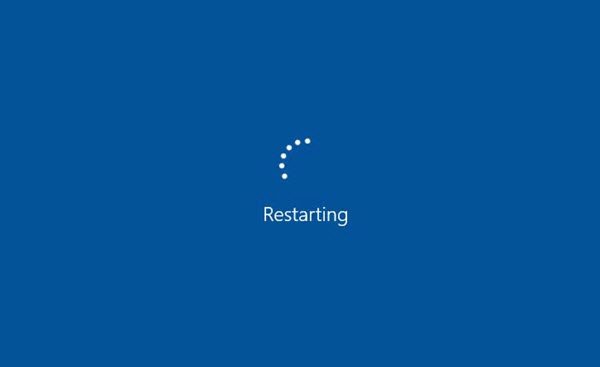Why does restarting the computer fix most problems?
Any Operating System does a phenomenal job when it starts or reboots. While these days it only takes 5-10 seconds for a computer to boot, but in that short time, a lot of things happen. So it is not just about Windows. It’s the same with macOS, Linux. Smartphones, Smart switches, and even routers, but let’s talk about Windows here! So how does a computer restart help? In the end, restarting the computer clears the current state of the computer, and software which were causing the problem. Restarting can even help solve the Internet or Network problems When it restarts, everything starts fresh, and things look just fine. However, be aware that if it’s a problem that happens often, you may have t0o look for a permanent solution.
1] Clears RAM
A lot of things are stored on the physical RAM and the paged memory on the hard disk. A lot of footprints and background process keeps running, and as it gets full, the system gets slow, ultimately running out of fuel. Sometimes we have opened so many things that not much is left to even a regular function. Even if you managed to close some applications. Chances are things are still running in the background that can keep accumulating and result in a memory leak. Restarting clears RAM and gives you fresh air to breathe. Read: How does Windows 10 boot?
2] Restarts crashed or overloaded processes
Sometimes a process may crash or end up using excessive resources and this can cause the program or driver to crash or freeze. While restarting the program may help, restarting the PC in most cases works out to be the easiest option.
3] Memory leaks
Poorly coded programs can cause Memory leaks, making programs or your system suffer. Restarting makes your PC starts with a clean slate.
2] The hardware has stopped because it doesn’t know what to do next
That’s a typical Windows issue where you get BSOD. When Windows doesn’t know where to go next when it gets into a problem, it just stops. It can restart or reload the driver because the hardware at a low level is stuck. When the system reboots, it loads up everything from scratch. It also clears of any old data in memory as if nothing happened. The system will create a log for diagnosis and send it to Microsoft servers for checks.
3] Graphics can take a toll on the system
Suppose you are running high-end games and tools which put a lot of pressure on GPU. Something similar to what happens with RAM, but more of a heating issue that slows down the system. If you are trying to push the limit, it will ultimately result in BSOD. On one of my PCs, I have an old GPU, and streaming a video causes things to freeze. The only option is close to the streaming, and restart. I sometimes have to stop streaming for a while so it may cool off. Windows 11/10 has gotten better at handling situations, and there are fewer frequent crashes than before. Sometimes restarting a Service or process can resolve the problem, but for that, one has to know which service or process it is. That is the reason many still prefer to restart than troubleshoot the problem. Read: Soft Reboot vs Hard Reboot vs Restart vs Reset explained.
If a restart does not solve the problem
If your PC gets a level of corruption that can only be fixed by replacing the system files, a simple restart will never help. In most cases using one of these 5 universal fixes is sure to fix your Windows problems. I hope the post was able to help you understand why restart can fix a lot of problems. I am sure there are many, and if you know one such reason, do let us know in the comments.
